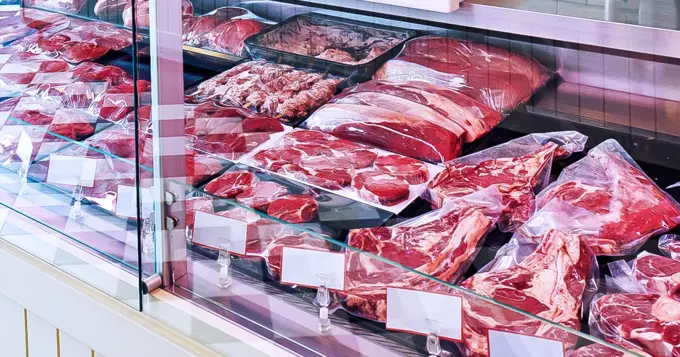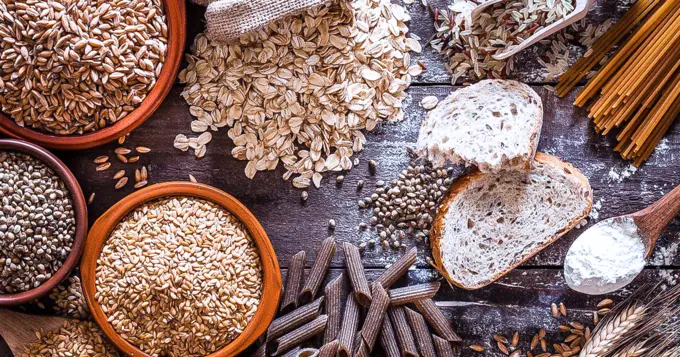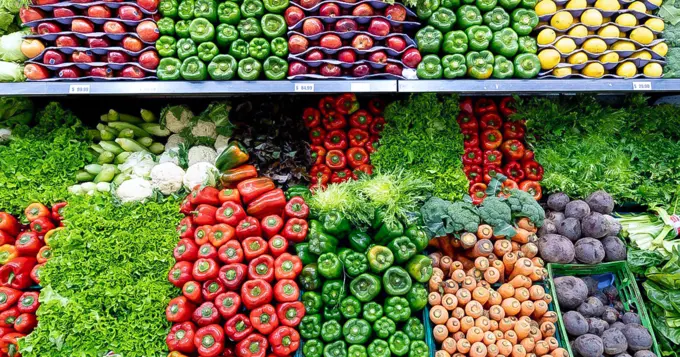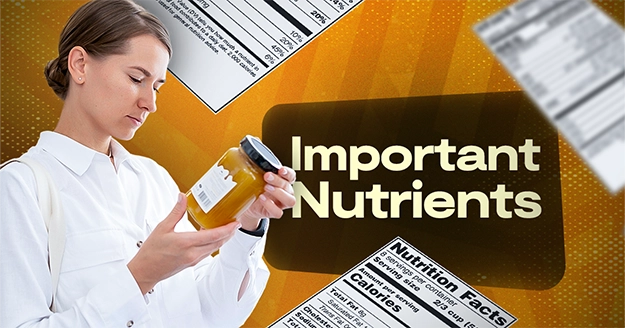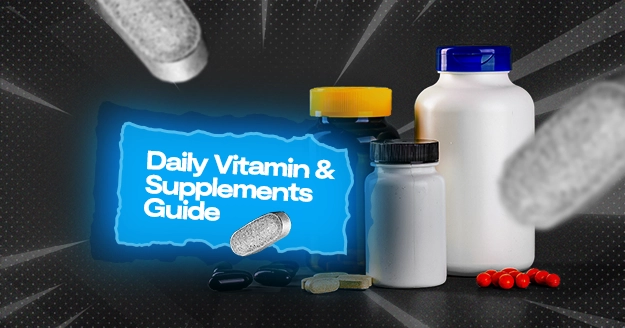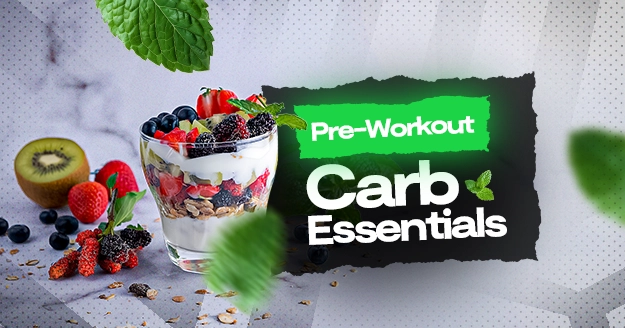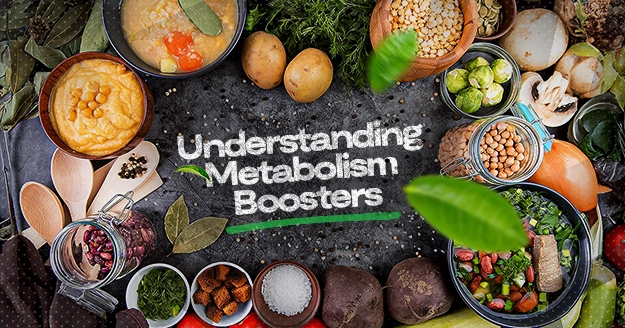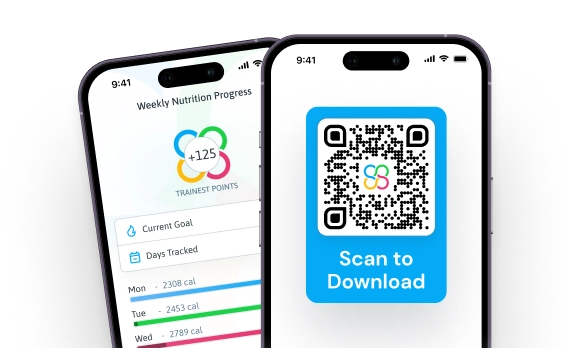It’s critical to consider the nutrients in the meals you eat when trying to eat healthfully. Reading food labels ensures that we receive more for our money and shields us from misleading promises on product packaging. The list gives a general overview of the ingredients or “recipe” of the product.
Though reading food labels might be confusing, there are a few essential nutrients to pay attention to:
Protein
What is protein?
Protein is an essential component of a balanced diet. It is a naturally occurring, incredibly complex compound that is made up of amino acid residues connected by peptide bonds. Building and repairing tissues in the body depend on protein. Also, it makes you feel fuller for longer intervals of time.
The average adult requires protein of about 0.75g/kg of body weight per day.
Ways you can incorporate protein in your diet:
1. Snack on cheese.
Calcium and protein are abundant in cheese. Compared to other cheeses, cottage cheese has a lot more protein. 1 cup of nonfat cottage cheese can have up to 21 grams of protein. Protein count varies from types and brands of cheese, so be sure to check the nutrition label.
2. Add chopped almonds to your meal.
Almonds are naturally low in sugar and devoid of salt and sodium. Almonds are a great option whether you’re on a plant-based diet or just want a sensible snack with protein.
3. Have a protein shake for breakfast.
Most smoothies include a lot of fruits, veggies, or juice but low in protein. When using protein powders, it’s simple to make a nutritious smoothie with a lot of protein, which is a wonderful alternative for breakfast.
4. Choose Greek yogurt
In order to create a richer, creamier yogurt that is higher in protein, whey, and other liquids are removed while making Greek yogurt. 1 cup of nonfat Greek yogurt has about 25 grams of protein.
Fiber
The body can’t digest fiber, which is a form of carbohydrate that cannot turn into glucose. It regulates how the body consumes glucose, assisting in regulating hunger and blood sugar levels.
Aim for 30-38 g of fiber a day for men, while women should attempt to consume at least 21 to 25 grams. Read the nutrition facts label and track how much and what you’re eating.
Ways you can incorporate fiber in your diet:
1. Choose whole grains over refined grains.
For instance, instead of white bread, choose wholegrain bread or whole-grain pasta instead of white pasta. Brown rice and oatmeal are also great sources of fiber. Other fantastic sources of fiber are brown rice and oatmeal.
Whole grains are preserved in their original condition with the least amount of processing. In contrast, the vitamin-rich germ and fiber-rich bran have been removed from processed grains which leaves only a fast-absorbing carb behind after removing all of its healthy components.
2. Snack on popcorn.
Popcorn is one of the best high-fiber snacks around. It’s made of whole grain. The least caloric popcorn is that which has been air-popped in a microwave or air popper. Sprinkle it with cinnamon and, if you prefer things spicy, a bit of cayenne pepper for flavor boosts without the fat or calories.
3. Include veggies in your meals.
Particularly low in calories and rich in nutrients, such as fiber, are non-starchy veggies. A smart way to eat more veggies is to consume them before a meal.
4. Snack on fruit.
Fruit pieces that are small and portable, like an apple or a pear, are excellent snacks. Although certain fruits have noticeably more fiber than others, all fruits contain fiber.
Healthy Fats
Monounsaturated and polyunsaturated fats, for example, are beneficial for heart health and cognitive function. Search for these kinds of fats in your meals and stay away from trans fats. Your daily goal range for total fat is 44 to 78 grams if you consume 2,000 calories. Read the ingredients label of the food you buy to see what types of fats are present.
Ways you can incorporate healthy fats in your diet:
1. Use vegetable oil such as olive and avocado oil.
This multipurpose oil has powerful anti-inflammatory properties, promotes healthy aging, and keeps our hearts in top condition.
2. Add nut butter or nuts.
Mixing in a few nuts or nut butter will give your next meal some crunch (or smoothness). Each kind is distinct in terms of flavor profile and nutrients, yet they are all top-notch providers of good fats.
3. Consume healthy fatty fish.
One of the healthiest protein sources available is seafood, but purchasing it fresh may be pricey. Instead, choose canned fish to provide your meals with wholesome fat, omega-3s, taste, and nutrition in a cost-effective manner. Omega-3 fatty acids are an essential kind of unsaturated fat that can help safeguard healthy cognitive function, decrease inflammation, and promote joint health.
Vitamins and Minerals
The body needs micronutrients like vitamins and minerals to perform a number of regular processes as well as boost your immune system. However, since your body doesn’t produce micronutrients, you must take them from the food you eat.
Vitamins are chemical compounds that can be categorized as either fat-soluble or water-soluble. Minerals (inorganic) are found in water and soil.
How to incorporate vitamins in your diet?
Eat a diverse diet every day that includes fruit, vegetables, grains, nuts, dairy (or an option that contains calcium), and proteins to ensure that you are getting enough vitamins. You can also take multivitamins when dietary intake is insufficient to meet your nutritional needs.
Check your nutrition facts label and be informed about what you’re putting in your body. By focusing on the key nutrients mentioned above and by being aware of food labels, you can make healthier choices when it comes to the foods you eat.

